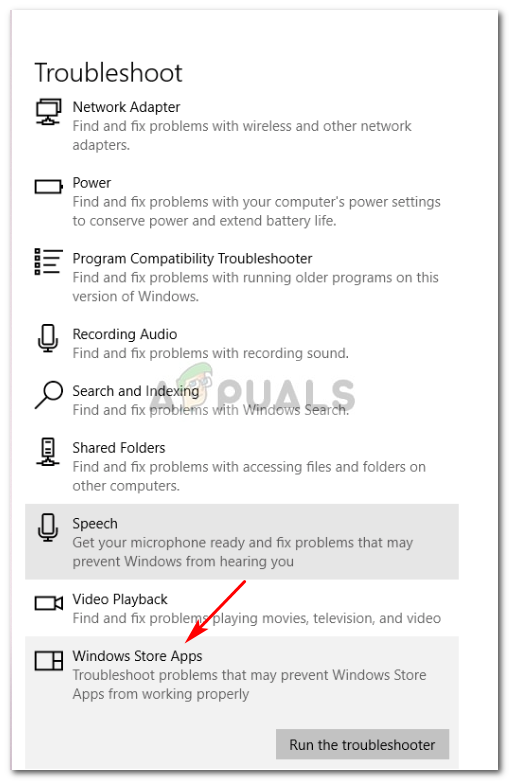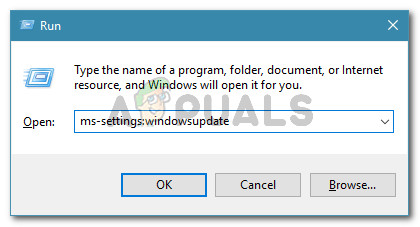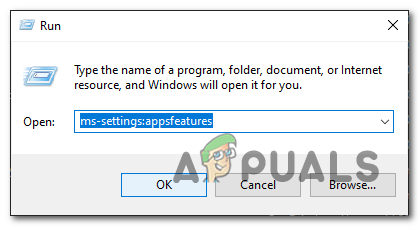Microsoft Sudoku not Loading or Crashes Fix
The UWP version of Microsoft Sudoku no longer works for a lot of Windows 10 users. There is no error message attached to this problem – the application just doesn’t load when users try to open it conventionally. In some cases, the issue is intermittent.

What’s causing Sudoku to stop working on Windows 10?
- UWP glitch – It’s possible that you’re seeing this issue due to the same reason why a lot of other UWP apps fail to open in a similar fashion (a Universal Windows Platform glitch). In this case, you should be able to resolve the issue by running the Windows Store Apps troubleshooter and applying the fix that gets automatically recommended.
- Hotfix is not installed – As it turns out, Microsoft already released a hotfix for this issue at the beginning of 2019. It’s included in a platform update, so in order to take advantage of it and resolve the issue. All you need to do is install every pending Windows Update until your build is up to date.
- Corrupted cached data – Another potential scenario that might cause this problem is corrupted data inside the cache folder of the UWP Microsoft Sudoku app. If this scenario is applicable, you should be able to resolve the issue by using the Settings app to reset the application.
Method 1: Running the Windows Apps troubleshooter
If you’re encountering this issue with the UWP version of Sudoku, there’s a high chance that you will be able to fix the issue automatically by running the Windows Apps troubleshooter. This built-in troubleshooter is regularly updated with new repair strategies to tackle the most common issues that will break UWP (Universal Windows Platform) applications.
Once you launch this utility, Windows Apps troubleshooter will begin by investigating your system. If a familiar scenario is distinguished, it will automatically recommend the fix for the problem.
Here’s a quick guide on running the Windows Store App troubleshooter:
- Open up a Run dialogue box by pressing Windows key + R. Next, type ‘ms-settings:troubleshoot’ inside the text box, and then hit Enter to open up the Troubleshooting tab of the Settings app.

Accessing the Activation troubleshooter - Once you’re inside the Troubleshooting tab, scroll down through the list of available options until you see the Find and fix other problems tab. Once you see it, click once on Windows Store Apps, then click on Run the troubleshooter from the newly appeared context menu.

Run Windows Store Apps troubleshooter - Once you manage to get inside the Windows Store App troubleshooter, wait for the initial diagnostic to complete. If a suitable repair strategy is found, click on Apply this fix to apply it to your system.

Apply this fix - If you’re not prompted to do so automatically, restart your computer and see if the issue is resolved at the next computer startup.
If you’re still unable to launch Sudoku on your Windows 10 computer, move down to the next method below.
Method 2: Installing every pending update
As it turns out, one scenario that will end up causing this behaviour is an advert that doesn’t allow the user to interact with the screen. Since the issue is quite old, Microsoft already released a patch that fixes this particular problem.
To take advantage of it, all you need to do is install every pending Windows update. One platform update will contain the hotfix for this particular issue. Here’s a quick guide on installing every pending update on your Windows 10 computer:
- Open up a Run dialogue box by pressing Windows key + R. Once you’re inside the run box, type ‘ms-settings:windowsupdate’ and press Enter to open up the Windows Update tab of the Settings app.

Run dialog: ms-settings:windowsupdate - Once you’re inside the Windows Update tab, click on Check for updates, then follow the on-screen prompts to install every pending Windows Update.

Checking for updates Note: If you’re prompted to restart before the operation is complete, do so, but make sure to return to this same screen and continue with the installation of every other update.
- After you manage to install every pending update, restart your computer once again and attempt to launch Sudoku once the next startup sequence is completed to see if the operation is now successful.
If you’re still encountering the same problem you’ve had before, move down to the next potential fix.
Method 3: Resetting the app data of Sudoku app
If the issue only started recently, it’s possible that that the issue is occurring due to some type of corruption inside the cache folder. Several Windows 10 users that were also affected by this problem have managed to fix it by clearing the cache folder associated with the Sudoku UWP app.
In this case, one procedure that will allow you to fix the problem without deleting the application altogether is to reset all app data. This procedure will clean the cache folder, but it will leave the core files intact.
Here’s a quick guide on resetting the app & cache data of the Netflix app:
- Open up a Run dialogue box by pressing Windows key + R. Next, type ‘ms-settings:appsfeatures‘ and press Enter to open up the Apps & Features menu of the Settings app.

- Once you’re inside the Apps & Features menu, move over to the right-hand menu, then scroll down through the Apps & Features menu until you see the entry associated with Microsoft Sudoku. Next, click on it once, then click on the hyperlink associated with Advanced options.

Advanced Options - Once you manage to get inside the Advanced Options menu, scroll down to the Reset menu and click on the Reset button.

Resetting the Sudoku app - After you confirm at the final prompt, the Sudoku UWP app will be reset and the cache folder will be cleared.
- Once the procedure is complete, restart your computer and attempt to launch Sudoku again at the next system startup.





